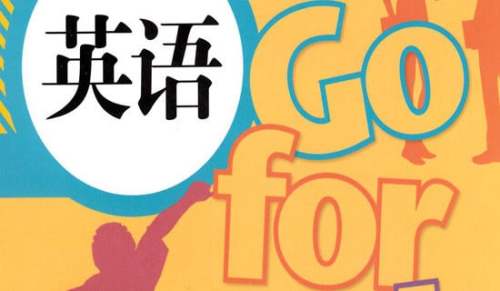- 相關(guān)推薦
小升初英語(yǔ)主謂一致語(yǔ)法復(fù)習(xí)
1.主謂一致中的靠近原則

1)當(dāng)there be 句型的主語(yǔ)是一系列事物時(shí),謂語(yǔ)應(yīng)與最鄰近的主語(yǔ)保持一致。
There is a pen, a knife and several books on the desk..
There are twenty boy-students and twenty-three girl-students in the class.
2)當(dāng)either… or… 與neither… nor,連接兩個(gè)主語(yǔ)時(shí),謂語(yǔ)動(dòng)詞與最鄰近的主語(yǔ)保持一致。如果句子是由here, there引導(dǎo),而主語(yǔ)又不止一個(gè)時(shí),謂語(yǔ)通常也和最鄰近的主語(yǔ)一致。
Either you or she is to go.
Here is a pen, a few envelops and some paper for you.
2.謂語(yǔ)動(dòng)詞與前面的主語(yǔ)一致
當(dāng)主語(yǔ)后面跟有with, together with, like, except, but, no less than, as well as 等詞引起的短語(yǔ)時(shí),謂語(yǔ)動(dòng)詞與前面的主語(yǔ)一致。
The teacher together with some students is visiting the factory.
He as well as I wants to go boating
【小升初英語(yǔ)主謂一致語(yǔ)法復(fù)習(xí)】相關(guān)文章:
英語(yǔ)語(yǔ)法主謂一致解析09-09
最新的主謂語(yǔ)法一致的原則英語(yǔ)知識(shí)點(diǎn)06-14
英語(yǔ)主謂一致使用原則08-24
小升初英語(yǔ)語(yǔ)法復(fù)習(xí)題07-19
小升初英語(yǔ)語(yǔ)法動(dòng)詞的語(yǔ)態(tài)復(fù)習(xí)07-05
小升初英語(yǔ)語(yǔ)法復(fù)習(xí)資料05-26